Book: Inverkeithing to Thornton Junction via Cowdenbeath including colliery branches
Dennis Lovett and Allan McLean
Review by Ewan CrawfordThis Middleton Press book comprehensively covers the area from Inverkeithing via Cowdenbeath to Thornton Junction. Every station is illustrated and, I was delighted to find, many of the former rail served coal mines and works. Today it is the northern part of the Fife Circle.
As with previous volumes a mixture of old and new photographs, postcards, Ordnance Survey and other maps, gradient profiles, tickets and a Bradshaw's extract are used with comprehensive captions. A range of photographers provided images, including Bill Roberton whose photographs have been used to illustrate this article.
It's an area which deserves the attention.
Middleton's own introduction describes it well:
The railways covered in this album were constructed piecemeal and it took some time before they were formed into a comprehensive network under the auspices of the North British Railway. Add in the myriad of mineral lines built to serve the collieries and a complex system emerges. Between 1890 and 1970 the line as far as Cowdenbeath enjoyed main line status as part of the Edinburgh to Perth direct line. Once coal was king in this area, but coal mining is now long gone, and the remaining route is a shadow of itself today with ScotRail providing the majority of trains over the route.
This book makes an important contribution to local transport history and will be available from local bookshops or direct from the publisher at £18.95 plus P&P.
Format: 96 pages in hard case, with 120 black-and-white photographs, almost entirely unpublished.
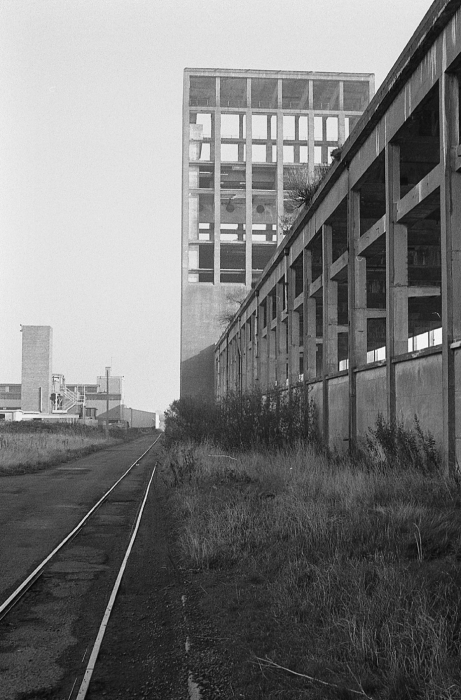
Rothes Pit: A fragment of the 3' gauge narrow gauge surface network alongside the surface buildings at Rothes Pit in 1990. Bill Roberton //1990
The book opens with a historical overview (four pages) before following the route from Inverkeithing to Thornton Junction via the closed portion through Cowdenbeath Old, taking in mineral lines, before returning to Cowdenbeath's current station. Coverage is, as ever with Middleton's books, exhaustive. After what I'd intended to be a dip into the book I found I couldn't put the book down and quite some time had passed. There's much to enjoy.
Anyone only familiar with the line between Inverkeithing and Thornton as it is today will find the photographs of the buildings now lost to time of particular interest. Cardenden (with its unusual main building), Cowdenbeath, Dunfermline City, Inverkeithing, Lochgelly, Rosyth (and its short lived signal box) are all included. Of course the newer stations are also covered: Glenrothes with Thornton and Dunfermline Queen Margaret.
But, in addition to these locations there is so much more. There are the closed stations (Cowdenbeath Old, Crossgates, Halbeath and Thornton Junction), all the junctions, locomotive facilities, wagon works, yards, many of the collieries and even the CCTV monitoring centre at Dunfermline City.
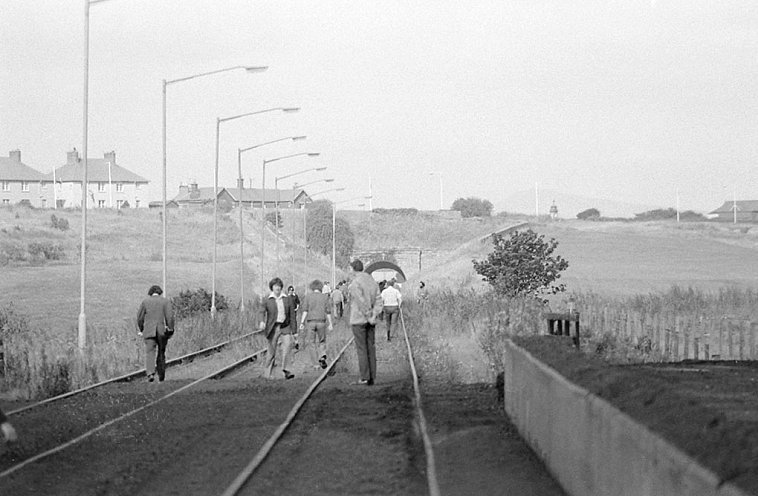
Cowdenbeath (Old): View north at Cowdenbeath (Old) during the BLS railtour of 28 August 1976. Photograph showing the Dora opencast loading pad and the now-buried tunnel used by the former route to Lumphinnans Central Junction. See image [[35113]]
Bill Roberton 28/08/1976
The details and photographs of collieries are a reminder of just how much mining there was in Fife and how much business it brought the railways. There are details and illustrations of a good selection of the many mines in the Fordel, Donibristle, Cowdenbeath, Foulford, Lumphinnans, Lochgelly, Glencraig, Bowhill, Dundonald and Thornton areas.
I was particularly pleased to see photographs of the Cowdenbeath locomotive shed on the mineral lines and the Cowdenbeath Central Workshops.
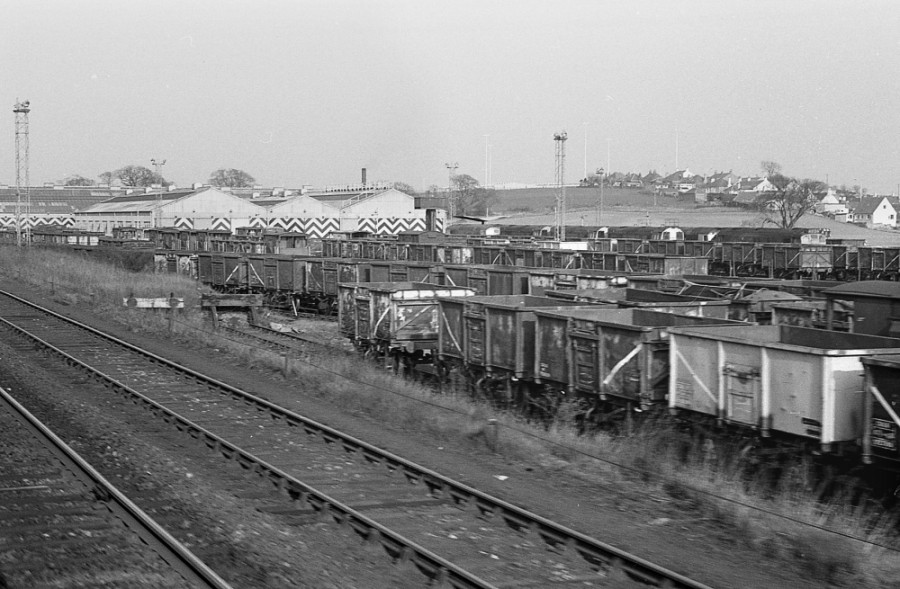
Townhill Wagon Shops: Townhill's wagon shops yard (and the shops) is seen in a 1974 view from a passing train. The view shows nothing but 16T mineral wagons, presumably for repair. The two nearer sidings, with mineral wagons, were part of the older Townhill yard sidings. Bill Roberton //1974
Amongst the works and sheds illustrated are Townhill Wagon Works (both the exterior and interior), Thornton TMD, first and second Thornton Sheds, the Pickering owned wagon works at Thornton, Thornton Marshalling Yard, and there are notes on the Fife Railway Wagon Works and Inverkeithing brick works.
I am very much looking forward to seeing where the writers will next focus on!
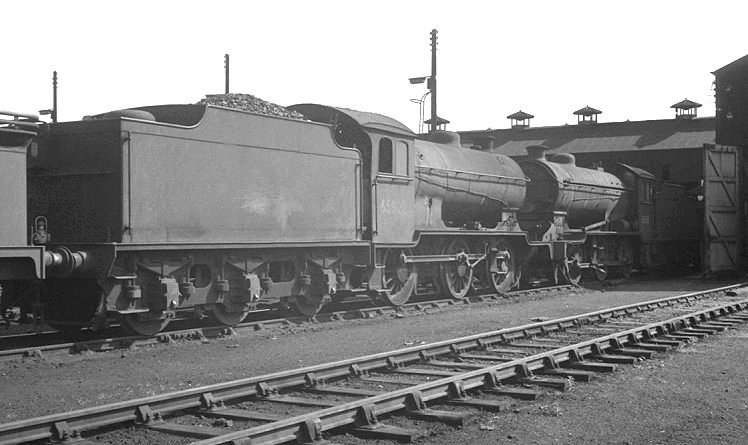
Thornton Shed [2nd]: One of Thornton Junction's J38s, no 65922, stabled in the shed yard in the summer of 1966. The 0-6-0 was withdrawn from here in October that year. K A Gray //1966
A copy of the book was provided for review.
Middleton Press
ISBN: 978-1910356760
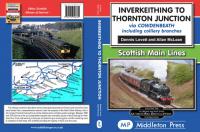
Inverkeithing to Thornton Junction via Cowdenbeath including colliery branches is published by Middleton on 24th February.
Also available from Amazon
